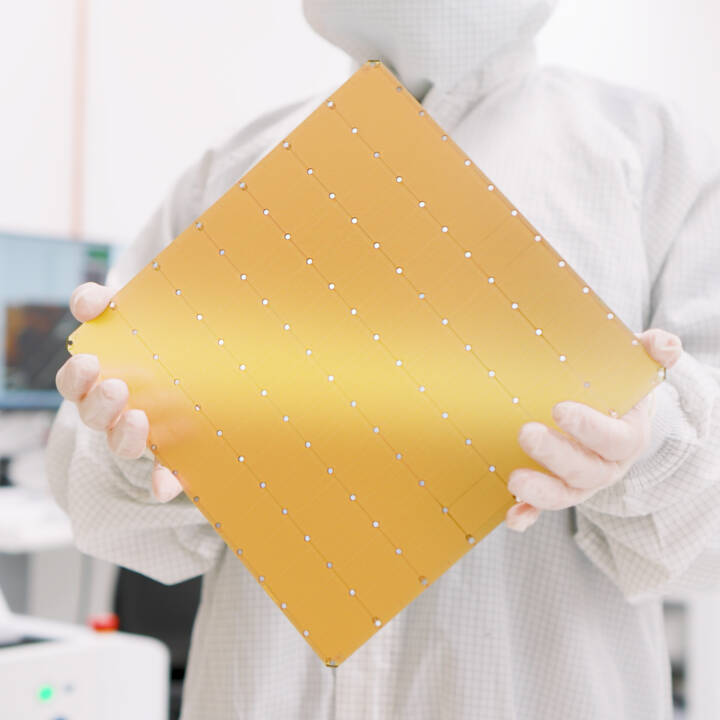Cataracts, a clouding of the eye’s natural lens, are a leading cause of vision loss globally. Fortunately, cataract surgery is a highly successful procedure that replaces the cloudy lens with an artificial one. But what if these artificial lenses could be even better? Researchers at the University of East Anglia believe they’ve made a breakthrough that could revolutionize eye care using 3D printing technology.
Their innovation lies in a new type of resin specifically designed for 3D printing intraocular lenses (IOLs). These IOLs are implanted during cataract surgery to restore vision. Traditionally, IOLs are manufactured using a one-size-fits-most approach.
The new 3D printing method holds immense potential for the future of eye care. Here’s how:
Customized Lenses: 3D printing allows for creating IOLs tailored to each patient’s unique eye shape and vision requirements. This could lead to sharper, clearer vision and potentially greater comfort after surgery.
Faster Treatment: 3D printing has the potential to streamline the process of designing, testing, and manufacturing IOLs. This could significantly reduce the waiting time between diagnosis and surgery, allowing patients to regain their vision quicker.
While this technology is still in its early stages, it represents a significant leap forward in IOL design. Future advancements in 3D printing and biocompatible materials could pave the way for even more exciting possibilities in ophthalmology, potentially extending to other eye conditions.







